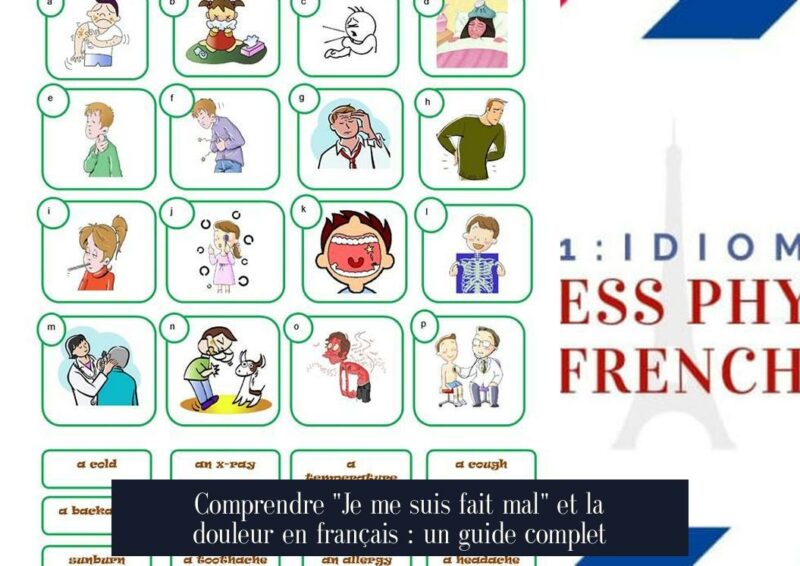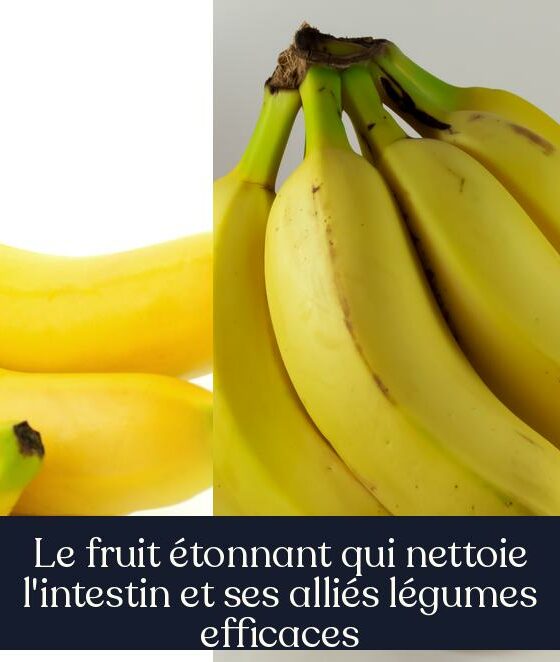Je me suis fait mal : The Hilarious Truth About French Pain (and How Not to Say ‘Ouch’ Wrong)
Ah, French! The language of love, croissants, and… expressing pain? If you’re navigating the delightful world of French, you’ve probably stumbled upon phrases that seem straightforward, until they’re not. Take « je me suis fait mal » for example. At first glance, you might think « I made myself bad? » Close, but not quite. Let’s unravel this little linguistic puzzle, shall we?
So, what exactly does « je me suis fait mal » mean? Well, in plain English, it translates to « I hurt myself » or « I got hurt. » Simple enough, right? But hold on to your berets, because the French, in their infinite wisdom, have more than one way to express discomfort. And that’s where things get a little… *intéressant*.
« J’ai mal » vs. « Je me suis fait mal »: The Epic Showdown of French Pain
Imagine this scenario: you’re helping a friend move, and you suddenly yelp in pain. Which phrase do you use? « J’ai mal » or « Je me suis fait mal »? This is where the nuance kicks in. Our trusty source, a Clearly French YouTube short (bless their souls for explaining these things in bite-sized pieces!), sheds some light on this crucial distinction.
According to the video gurus at Clearly French, « j’ai mal » is your go-to phrase for general, ongoing pain. Think of it as your everyday ache or lingering soreness. « J’ai mal au dos » (I have back pain) is a classic example. Maybe you slept funny, maybe you’re getting older (don’t worry, we all are!), or maybe you just carried too many baguettes – « j’ai mal au dos » fits the bill.
Now, « je me suis fait mal » is a bit more specific. It’s used when you’ve *just* hurt yourself, typically in a particular incident. It’s about a recent event that caused you pain. The YouTube short perfectly illustrates this: « je me suis fait mal au dos hier » – « I hurt my back yesterday. » See the difference? « J’ai mal » is like saying « I have a headache, » while « je me suis fait mal » is more like « I just bumped my head. »
Let’s break it down further with some wonderfully relatable examples:
- Scenario 1: Stubbing your toe. Ouch! You just walked into the coffee table like it was invisible. What do you say? « Aïe ! Je me suis fait mal au pied ! » (Ouch! I hurt my foot!) You wouldn’t say « J’ai mal au pied » in this immediate, fresh-pain moment, unless you’re prone to dramatically stubbing your toes multiple times a day (in which case, maybe invest in some padded furniture?).
- Scenario 2: Chronic knee pain. You’ve been experiencing knee pain for ages. It’s just a constant companion in your life now. You’d complain, « J’ai mal au genou » (I have knee pain). « Je me suis fait mal au genou » would sound odd unless you recently twisted it playing pétanque with overly enthusiastic seniors.
- Scenario 3: Paper cut. The nemesis of office workers everywhere! You just sliced your finger open on a rogue piece of paper. « Arg! Je me suis fait mal au doigt avec ce papier ! » (Arg! I hurt my finger with this paper!). Again, it’s a specific, recent injury.
Think of « je me suis fait mal » as the immediate aftermath of a clumsy moment, a minor mishap, or a fleeting injury. It’s the « ouch! » of realization that you’ve just done something slightly foolish to your body. « J’ai mal, » on the other hand, is the long-term resident of Pain Town, where aches and discomfort set up permanent shop.
Why « Se Faire Mal »? The Reflexive Rabbit Hole
Now, let’s dissect the grammar nerd side of things for a moment. « Je me suis fait mal » uses the reflexive verb « se faire mal. » Reflexive verbs, for those who haven’t had the pleasure, are verbs where the action reflects back on the subject. In this case, *you* are doing the hurting *to yourself*. It’s a self-inflicted (or accidentally inflicted) pain situation.
The « me suis fait » part is the passé composé (past tense) of « se faire. » « Faire » means « to do » or « to make, » and « mal » means « badly » or « pain. » So, literally, it’s kind of like saying « I made myself badly, » which, when you think about it, is a rather amusingly dramatic way to say « I hurt myself. » The French have a flair for the dramatic, even when it comes to stubbed toes.
This reflexive construction is key to understanding the immediacy of « je me suis fait mal. » It emphasizes the action of *doing* something that resulted in pain, rather than just *having* pain in general.
Beyond « Mal »: Expanding Your French Pain Vocabulary
While « j’ai mal » and « je me suis fait mal » are your bread and butter for expressing pain in French, the vocabulary of discomfort doesn’t stop there! Oh no, the French language, ever so expressive, has a whole arsenal of words to describe various shades of pain. Let’s explore a few:
- « Avoir mal à… »: We’ve already touched upon this with « j’ai mal au dos, » but it’s worth reiterating. « Avoir mal à » means « to have pain in… » You can use it for specific body parts: « J’ai mal à la tête » (I have a headache), « J’ai mal au ventre » (I have a stomachache), « J’ai mal à la gorge » (I have a sore throat).
- « Souffrir de… »: This is a more formal and intense way to express suffering from something, often a more chronic or serious condition. « Il souffre de migraines chroniques » (He suffers from chronic migraines). You wouldn’t use this for a paper cut unless you’re aiming for maximum melodrama.
- « Se blesser »: This verb means « to get injured. » It’s a bit more serious than « se faire mal, » often implying a more significant injury. « Il s’est blessé au ski » (He got injured skiing). If you just bumped your elbow, « se faire mal » is more appropriate. If you broke your leg on the slopes, « se blesser » is the way to go.
- « Ça fait mal! »: This is a simple and direct way to say « It hurts! » Perfect for those moments when words fail you, and all you can manage is a cry of pain. « Aïe, ça fait mal ! » (Ouch, it hurts!).
And of course, let’s not forget the universal language of pain: « Aïe! » No matter what language you speak, « Aïe! » transcends linguistic barriers. It’s the international cry of « Oops, I messed up and now it hurts! »
Putting It All Together: Pain in Context
Ultimately, choosing between « j’ai mal » and « je me suis fait mal » (and all the other pain-related phrases) comes down to context. Are you talking about ongoing pain or a recent injury? Are you stubbing your toe or describing chronic back pain? Paying attention to the situation and the nuance of these phrases will make your French sound much more natural and, dare I say, less painful to listen to (pun intended!).
So, the next time you experience a moment of *douleur* in France (or while speaking French anywhere!), you’ll be armed with the knowledge to express yourself like a pro. Whether it’s a minor « je me suis fait mal » moment or a more persistent « j’ai mal » situation, you’ll know exactly what to say. And who knows, maybe mastering these pain phrases will actually *reduce* your chances of getting hurt in the first place. Okay, maybe not, but at least you’ll be able to complain about it eloquently in French!





